Everyone learns and develops at their own pace, and reading is no different from any other skill building. In fact, it’s common for most people to find reading challenging at one point or another.
But when reading becomes an ongoing struggle it may very well be because of dyslexia, a learning disorder that makes it hard for people to read at a good pace and without mistakes. Those who suffer from it also have a hard time with reading comprehension, spelling, and writing.
It’s important to note that the challenges dyslexic people face have nothing to do with intelligence. In fact, dyslexic people are just as intelligent and motivated as their peers, and with the help of dedicated tools that can help them overcome Dyslexia, they can enjoy a normal life.
So we’ve put together a list of top 10 tools that can help dyslexic people become more comfortable reading. These apps help by celebrating small victories and accomplishments, while focusing less on correcting errors.
What Dyslexia feels like
It’s actually really hard for dyslexic people to describe what they feel like, since they have nothing to compare their condition to. As they say in “The Matrix”:
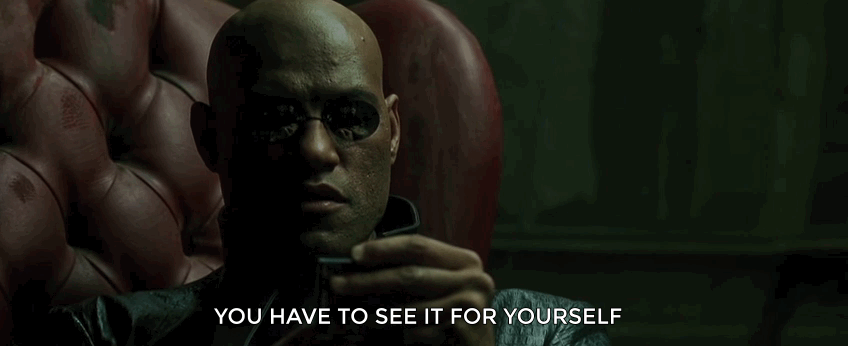
However, thanks to Victor Widell who created a Dyslexia simulator, we can get a pretty good idea of how challenging it can be.
Although Dyslexia doesn’t affect everyone in the same way, being dyslexic means that you have to devote 100% of your processing power to figuring out what each word says and then holding it in your mind while you figure out the next one.
You always have to look for context clues, sort through mix-ups, and keep everything in your short-term memory while also absorbing the meaning of the sentence. That takes a lot of effort and energy.
What causes Dyslexia
So far, researchers haven’t been able to discover what causes Dyslexia. But a few explanations include:
- Genes and heredity: 40% of siblings of people with Dyslexia also struggle with reading, while 49% of parents of dyslexic kids are also dyslexic themselves.
- Brain anatomy and activity: brain imaging studies have shown differences between people with and without Dyslexia.
- Strange patterns of light receptors in the eyes: researchers found that the cells responsible for absorbing incoming light within the eyes are arranged differently in people diagnosed with Dyslexia.
Regardless of the cause, the bottom line is people with dyslexia can not only lead a normal life but also thrive. Did you know what Channing Tatum actually suffers from both Dyslexia and ADHD?

And there are many other celebrities diagnosed with Dyslexia, including actors, entrepreneurs, and elected officials. If they can do it, so can everyone else! All you need is a bit of motivation and the right tools.
Apps that help users overcome Dyslexia and other learning disabilities
1. Bookly
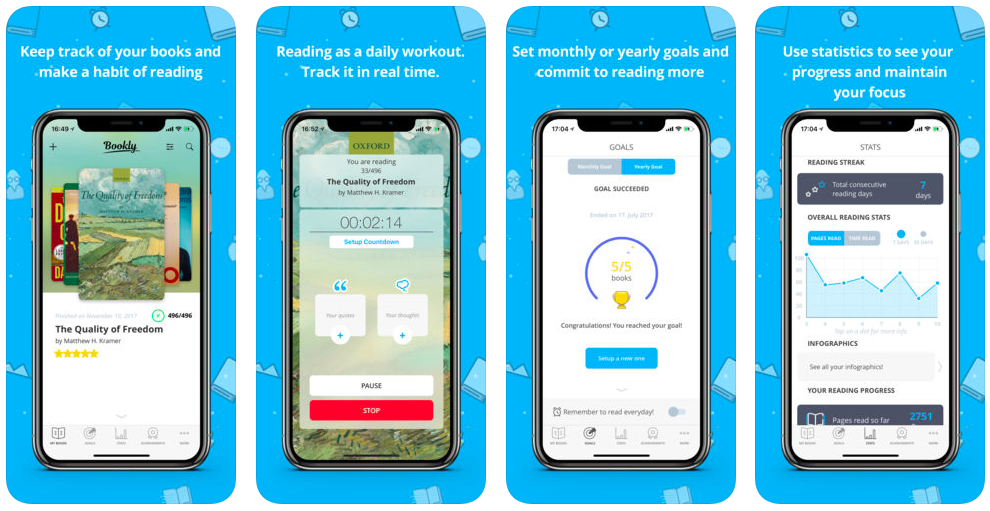
Okay, we’re shamelessly promoting our own app here as a great app to overcome Dyslexia. But we didn’t actually plan for it.
We were conducting interviews with some of our customers, to understand their needs and how they use the app, when we discovered that many of our users are dyslexic and use Bookly as a tool to track, measure, and improve their reading performance.
Ace is one such user. He shared how using Bookly on a daily basis has helped him improve his reading (big shout out to Ace for sharing these insights with us 🎉).
“I’ve been aggressively held back by Dyslexia, so my reading habits have been slow and frustrating my whole life. My desire to read has never faltered, and over the years, I’ve slowly gotten faster and faster. For most of my life, it took a whole year to finish a book (usually 150-200 pages).
But within the past 10 years, I’ve pushed to keep records of my reading habits and numbers to push past my limits. I used several apps, but honestly, none really helped. It was Bookly that helped me stay more committed and gain the information I craved: Words / Pages per minute, Pages Read, Read Time, Reading the same you will finish the book in… For the first time, I can actually see my progress chapter by chapter.
Bookly has really changed how I read and made it more efficient. Every day I jot down a summary of each chapter I read to help my memory. I use the app to remind me to not lose focus because I’m trying to keep my stats to go up. Those little green and red arrows are a surprisingly good motivator.”
People with learning difficulties are often demotivated – they just dread to read and write. And this is why Bookly is a great tool for them – the gamification elements built into the app helps them stay on track and actually find joy in otherwise very unpleasant tasks.
2. Storyboard That
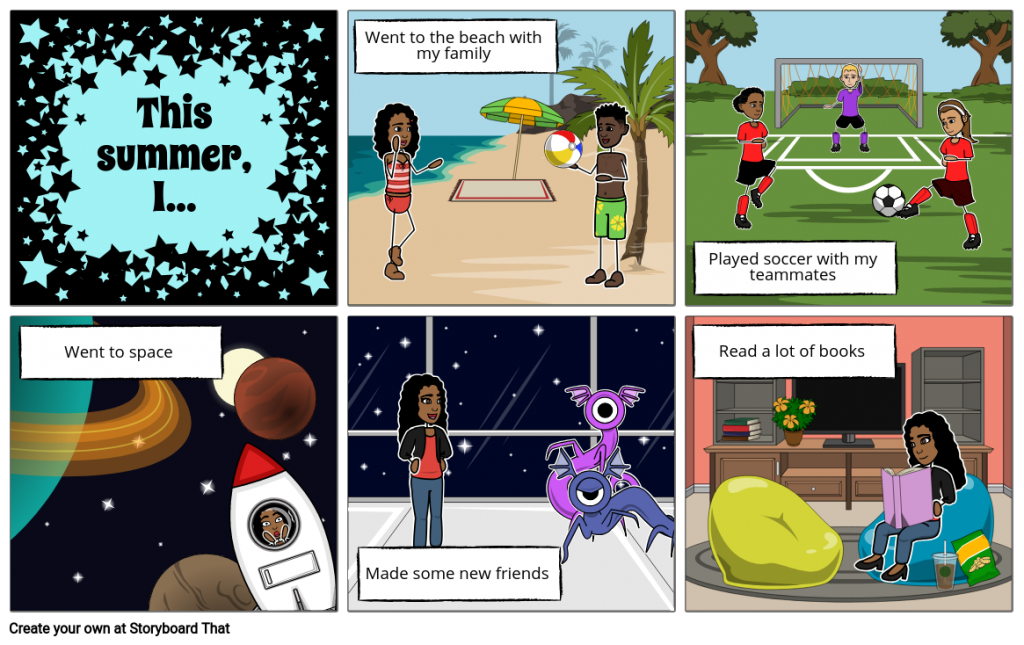
You know what they say, “A picture is worth a thousand words.” And when words are not your strongest suit, pictures just have to do.
Storyboard That is an online tool that allows users to create engaging and creative storyboards, for both educational and entertainment purposes. Imagery is often the key that unlocks the door of understanding and memory, so creating storyboards is great for any school projects; teachers can use this resource for reinforcing ideas to students with disabilities.
Of course, adults also can use their templates for work presentations. People suffering from Dyslexia often feel disassociated from the words and their meanings, so attaching imagery to the words makes them more concrete and three-dimensional, as well as easier to remember.
3. Teen and Adult Phonics Library

One of the main downsides of suffering from Dyslexia is that people are put off by reading – and it’s quite understandable since they have to invest so much effort into it. But TAP (Teens and Adult Phonics) Library solves that problem.
The app offers a series of novels written for teenagers and adults with Dyslexia and other reading challenges. These novels are intended to be high-quality literature that appeals to and creates a response in a mature reader.
4. Leo – Recorder & Transcription
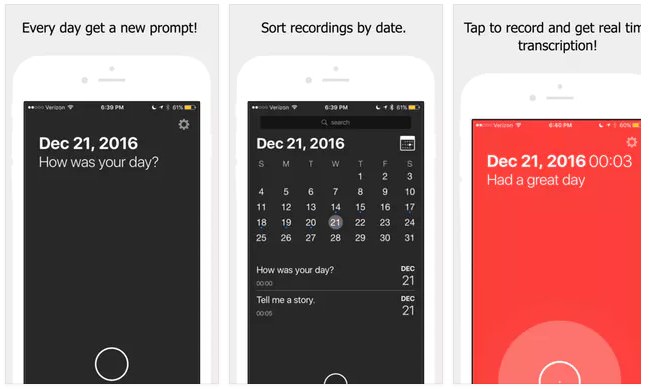
People who suffer from Dyslexia don’t just find it difficult to read, but also to write.
This app transcribes voice to text, helping people with learning disabilities to get thoughts written down faster and easier. Once recorded, all transcripts are saved and backed up so that users can go back through them later on.
5. Ghotit Real Writer
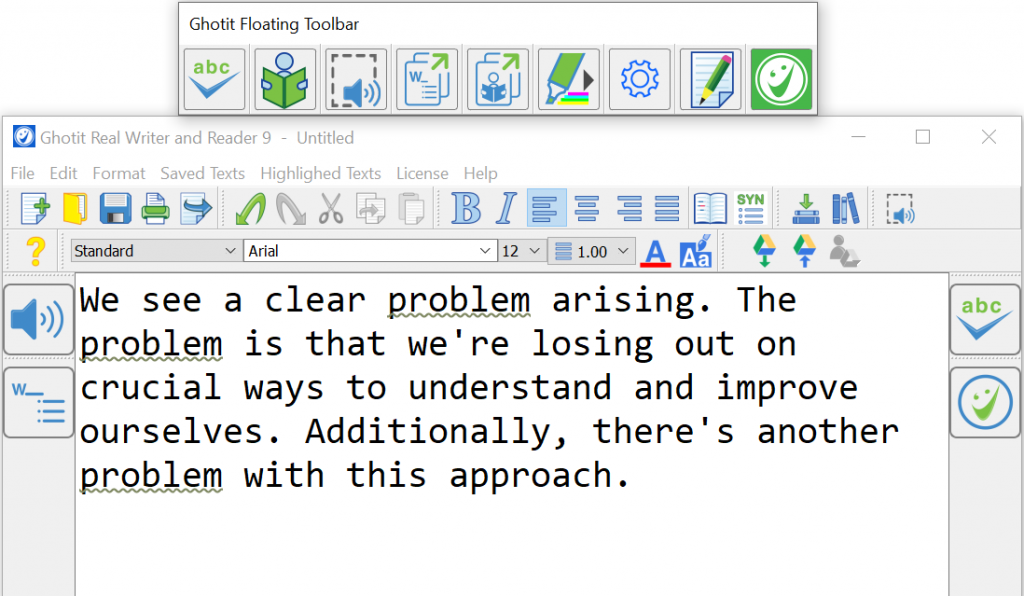
Another app that helps people with Dyslexia write correctly is Ghotit Real Writer. It corrects wrongly spelled words, confused words, homophones, grammar, and punctuation while also offering advanced word prediction with grammar and phonetics awareness capabilities.
6. Pocket
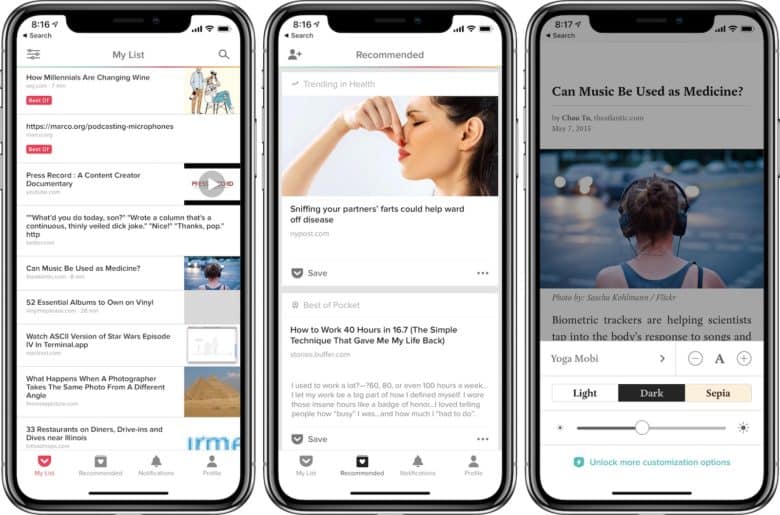
Just because you find it difficult to read doesn’t mean that you have to fall behind on news and trends. Pocket gives readers a chance to use assistive technologies to help them stay up-to-date on current events and overcome dyslexia. Users can curate the articles they wish to read and take advantage of its text-to-speech function, which will read the content out loud.
7. SnapType Pro
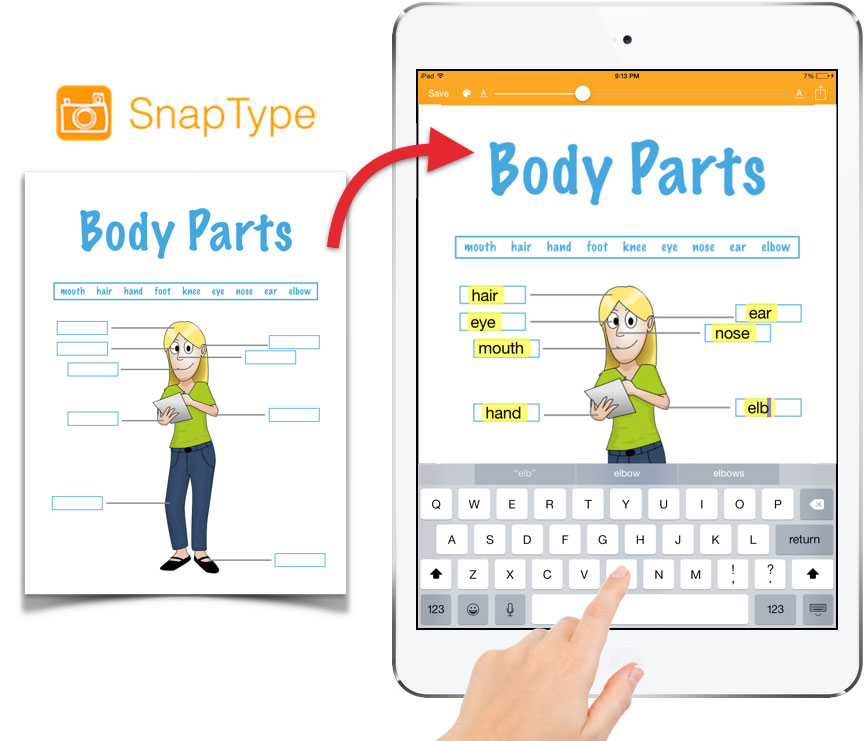
Teachers and professors often use workbooks and photocopies of texts, and sometimes even original texts and worksheets that must be filled out by hand. Needless to say, this is a nightmare for people who suffer from Dyslexia.
Fortunately, SnapType Pro lets users overlay text boxes onto photos of worksheets and original texts, which in turn, allows them to take advantage of a keyboard or even voice-to-text capabilities to input their answers.
8. Mental Note
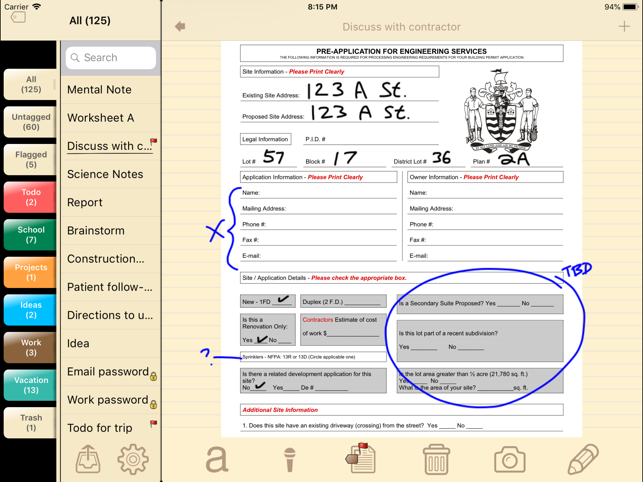
Taking notes is another challenge for people with reading and writing difficulties, but Mental Note is here to solve that and help them overcome dyslexia. Users can create custom notes using text (either typed or dictated), audio, images, photos, and more.
The app syncs with Dropbox, offers tags to organize the notes, and even gives users the chance to add a password to their accounts to protect their work.
9. Adobe Voice
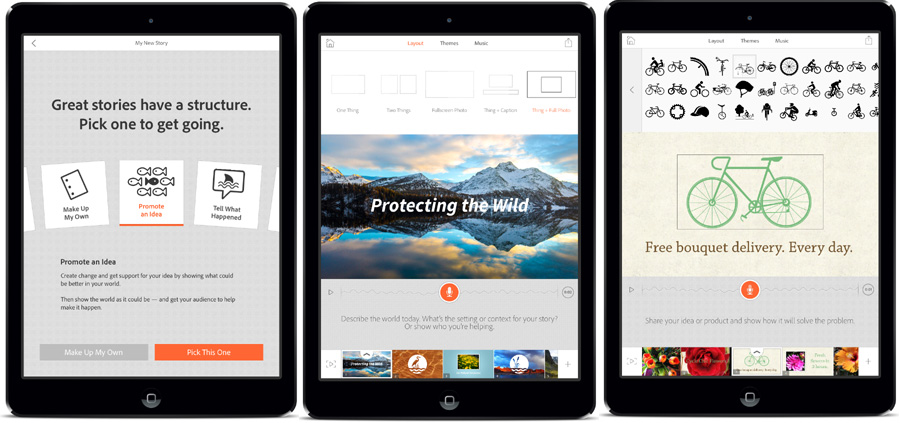
Adobe Voice is an easy way to create great videos and presentations; it’s great as an alternative to the traditional slide show.
When creating a presentation, the app lets users include written text within the presentation, and also uses voice narration and images within the slides. Once the user creates the slide series, the app turns it into an animated video.
10. ModMath

Last but not least, people with learning disabilities also find it difficult to read numbers, which makes math even more difficult than it is.
ModMath is an adaptive program that can assist students in acquiring math skills from basic arithmetic to complex algebraic equations. The app lets users type math problems right onto the touch screen of an iPad rather than write them out long-hand. Then, they can print, save to cloud services like Dropbox, or e-mail their assignments to their teachers without ever picking up a pencil.
Takeaway about Dyslexia
Dyslexia not only affects an individual’s ability to communicate and learn, but its effects can be far-reaching – you just have to think about how often we read, write, and communicate with others every day to get an idea.
If you struggle with listening, speaking, reading and/or writing that most people take for granted, your frustration is understandable.
Fortunately, technology can help people overcome Dyslexia. From audiobooks to voice-to-text apps, there are countless tools out there that can help people with learning difficulties enjoy a normal life.

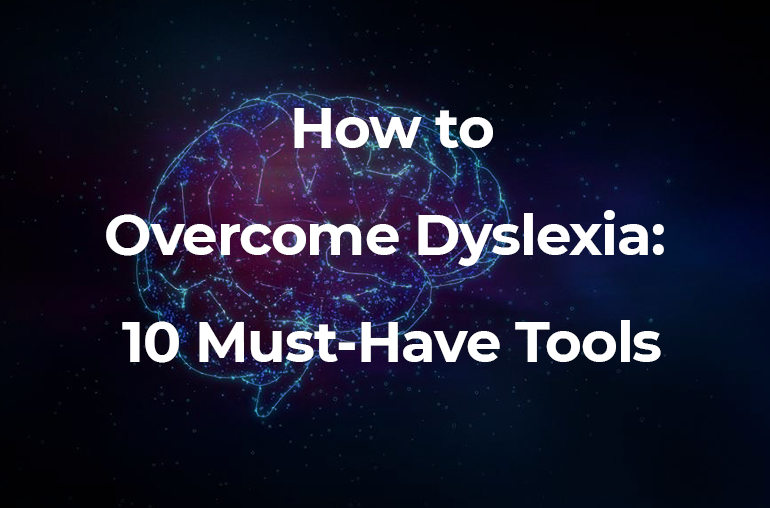

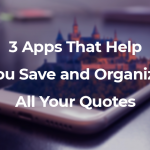
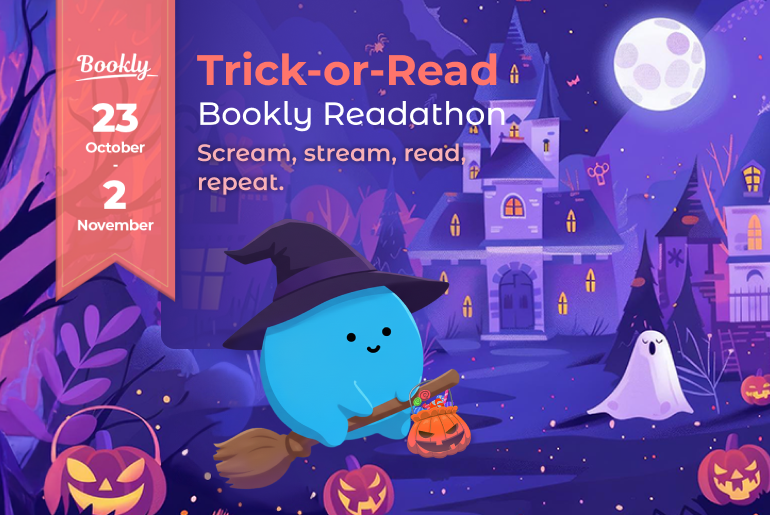
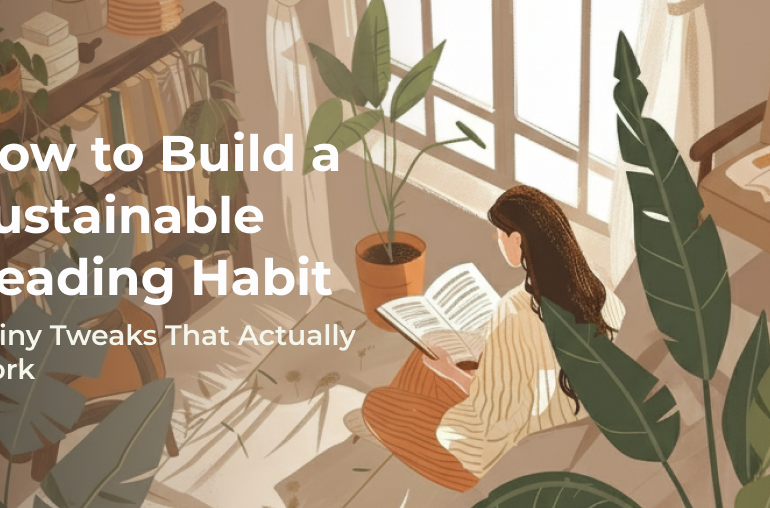
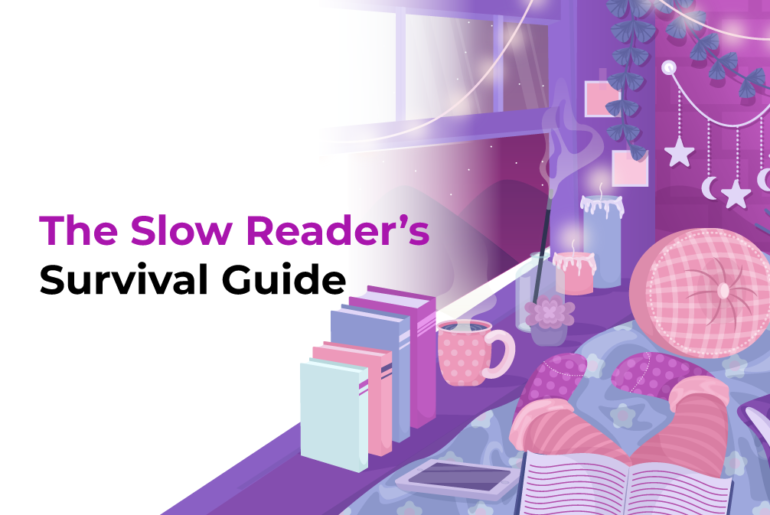

1 Comment
I had never heard anything about such a speech disorder. But this turns out to be a big problem. You offer good and necessary applications that can help overcome these problems.